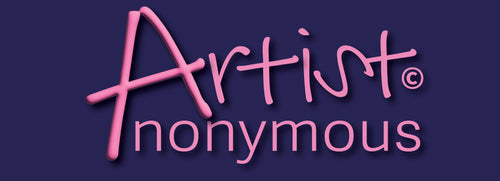Feeding AI Art
AI is typically fed information to generate conceptual art through a process called training, which involves providing the AI with a large dataset of existing conceptual art as input.
The dataset can include a variety of inputs, such as images, text descriptions, or metadata. For example, a dataset of conceptual art could include images of existing artworks, along with accompanying text descriptions of the work, the artist's intent, and the historical and cultural context in which it was created.
Once the dataset is collected, the AI is trained using various machine learning algorithms such as neural networks. These algorithms use the input data to learn patterns and features that are characteristic of the conceptual art genre.
The AI can then use this learned information to generate new conceptual art that is similar in style and form to the input dataset.
The quality of the output generated by the AI is highly dependent on the quality and diversity of the input dataset. The more diverse and representative the input data, the better the AI can learn and generalize from it.
